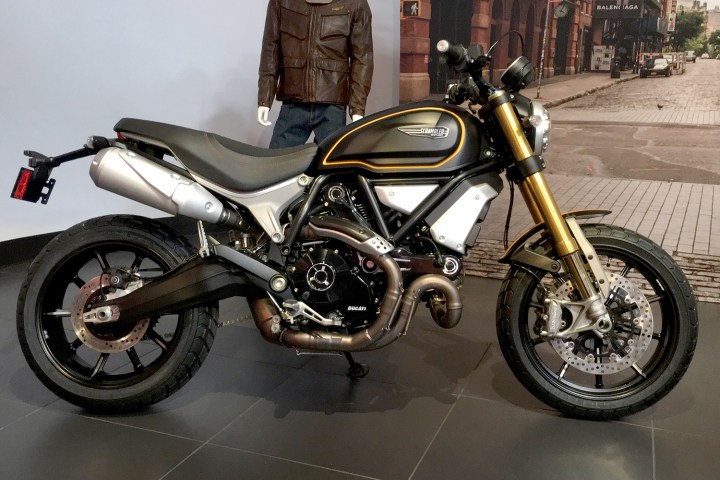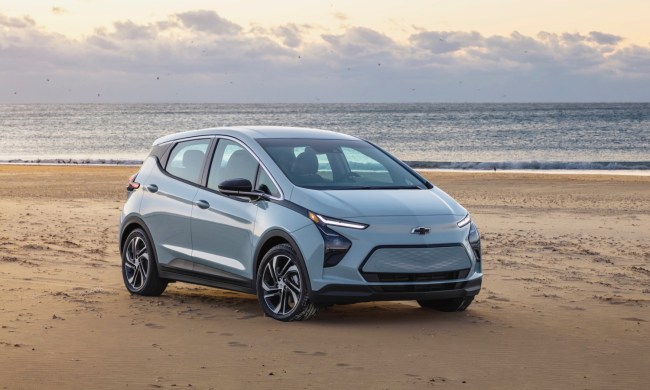
Electric cars receive a tremendous amount of attention, but the electrification wave is sweeping across the motorcycle market, too. Ducati has already confirmed it’s working on a battery-powered model, and one of its top executives gave Digital Trends insight into how going electric could influence the firm’s design process.
“Everybody is looking into going electric,” Andrea Ferraresi, Ducati’s lead designer, told Digital Trends as we toured the company’s design department. His comments echo the ones made by Ducati CEO Claudio Domenicali in January 2019.
Ferraresi is in charge of making sure every Ducati model regardless of market segment or drivetrain falls in line with the company’s philosophy, which blends style, performance, and sophistication. He predicted going electric could bring significant changes to the company’s design language.
“Electrification will change bike design more than it will change car design,” he told us. He added the change won’t be immediate; it will be gradual. In the beginning, he argued, electric motorcycles will look a lot like conventional models with a massive battery pack instead of an engine. Looking ahead, electrification opens up new opportunities for motorcycle designers that most car designers won’t enjoy.
“An electric motorcycle doesn’t need an exhaust system or a fuel tank. An electric car doesn’t, either, but those components aren’t normally part of the design,” Ferraresi pointed out. This creates an opportunity, but also a challenge; designers can’t simply remove the fuel tank from an electric motorcycle. Without it, the model is going to look a lot like a bicycle. Something has to take its place.
Your guess is as good as ours when it comes to what an electric Ducati will look like. We may not have to wait long, though. Speaking during an event in Spain, Domenicali revealed Ducati is “not far from starting series production” of its first volume-built battery-powered model. It’s unclear at this stage whether the yet-unnamed model will share styling cues (or anything else) with the Zero concept that was presented in 2017 in collaboration with a design school in Milan, Italy.
Another technology promises to influence motorcycle design in the nearer term: driving aids. Bosch is helping Ducati bring radar-based technology like adaptive cruise control to the world of motorcycles. This requires fitting black, box-shaped sensors to both ends of the bike. Car designers face the same challenge, but a car is evidently much wider than a motorcycle so adding sensors isn’t as difficult.
“It will be a problem,” admitted Ferraresi. “It’s not so easy, but you have to face it.”



